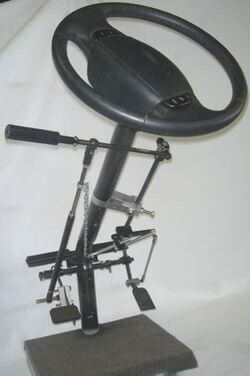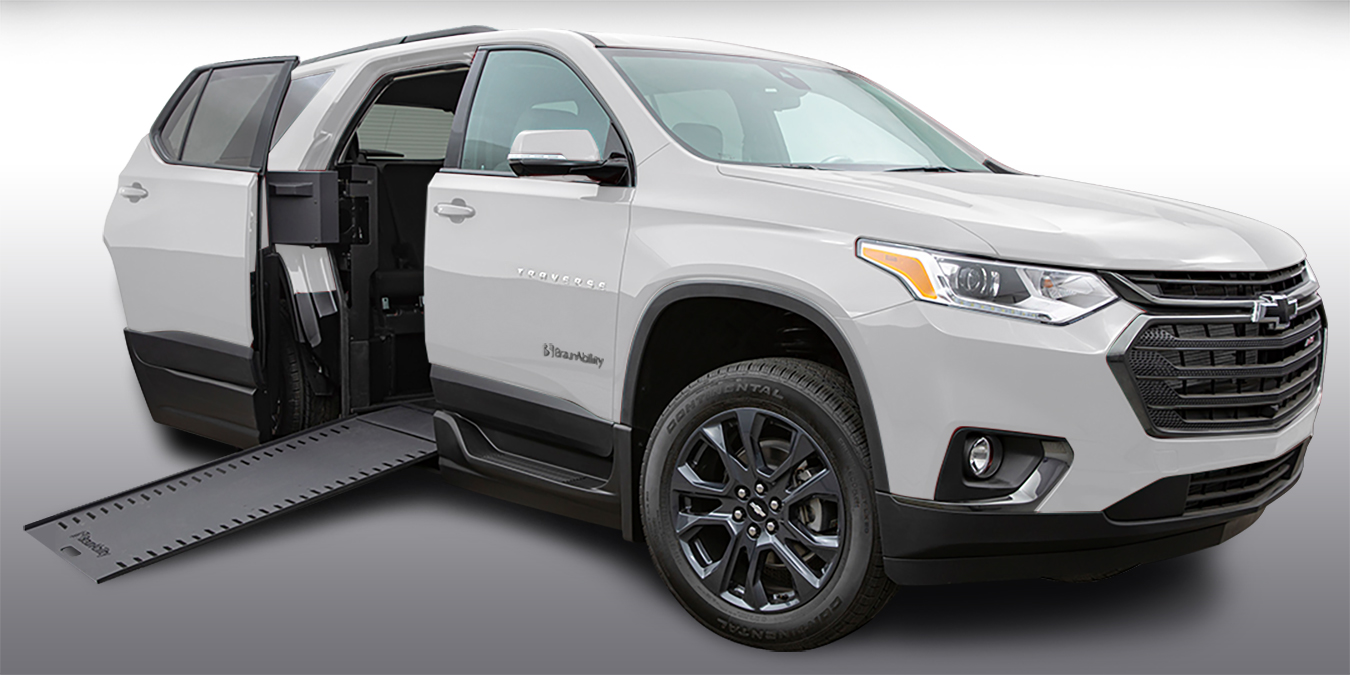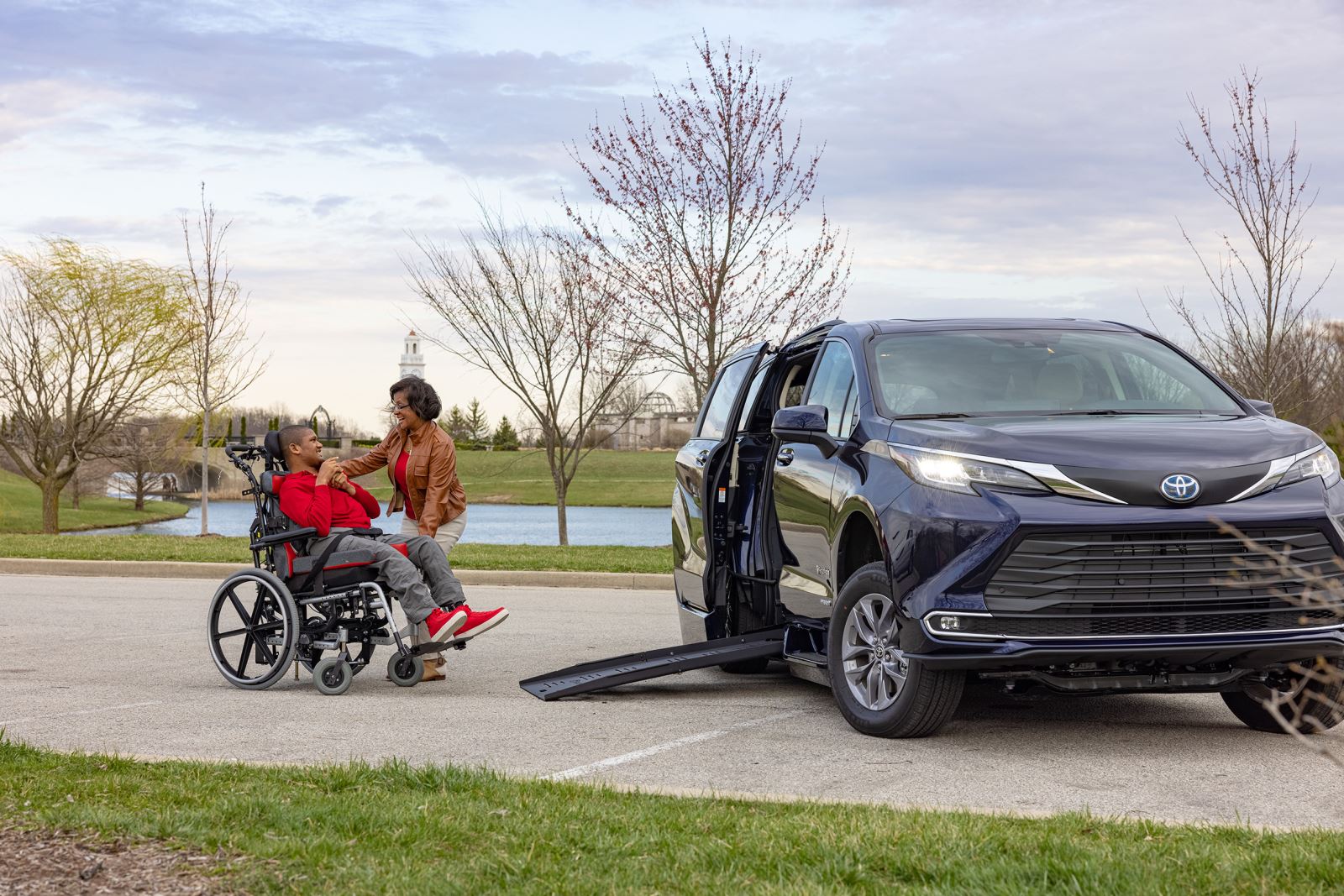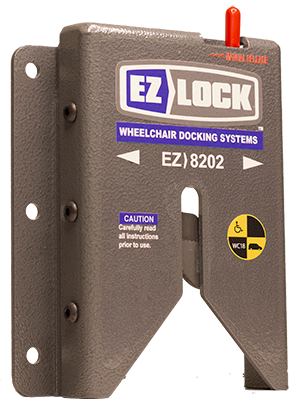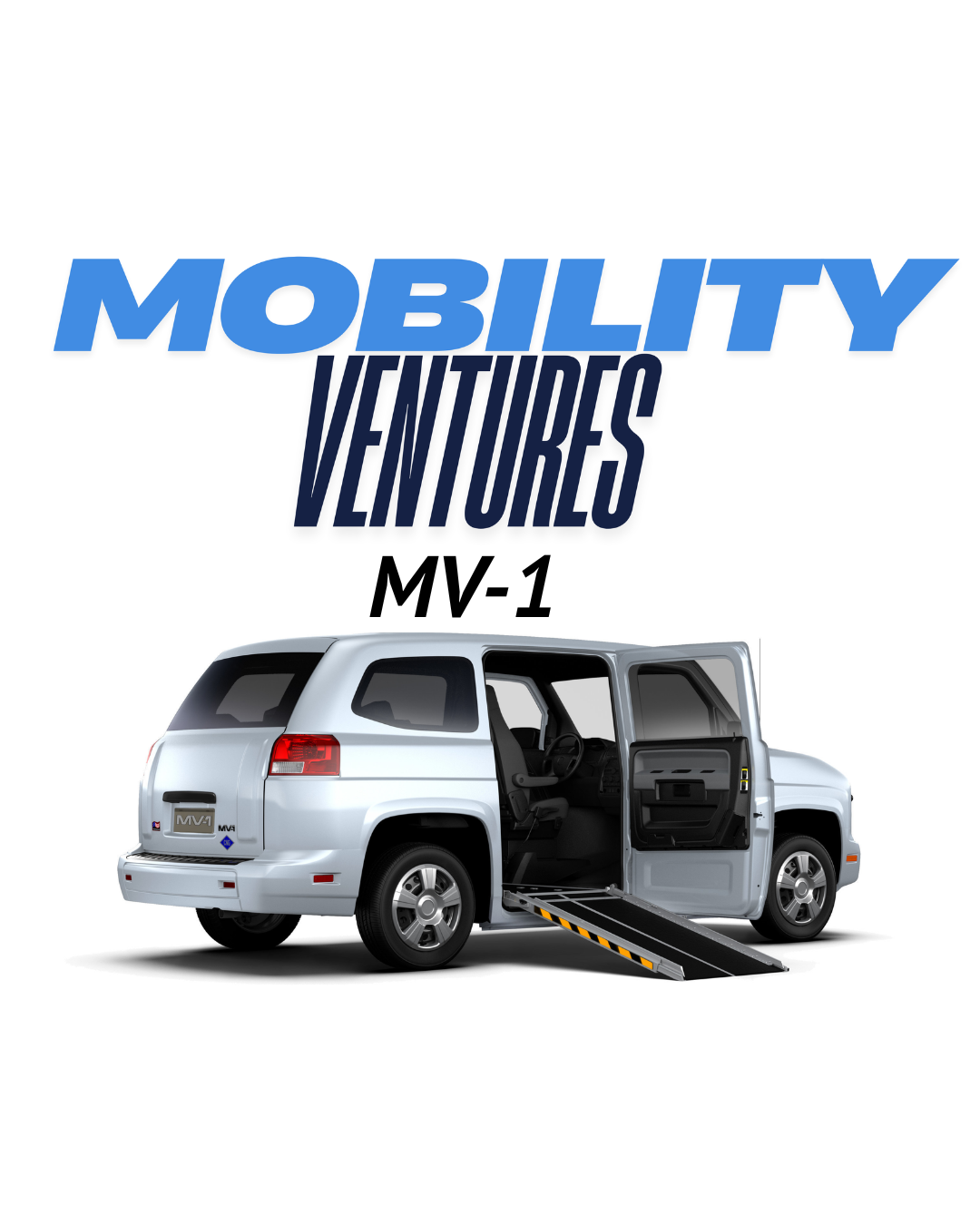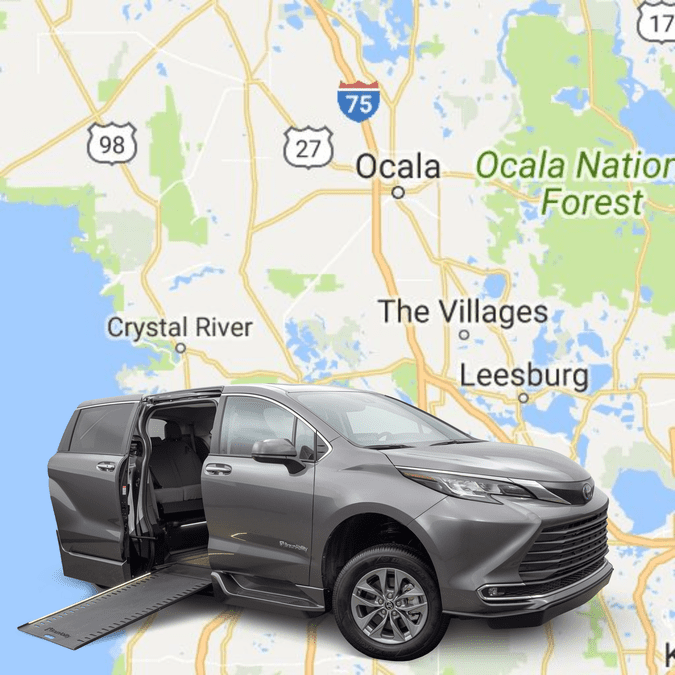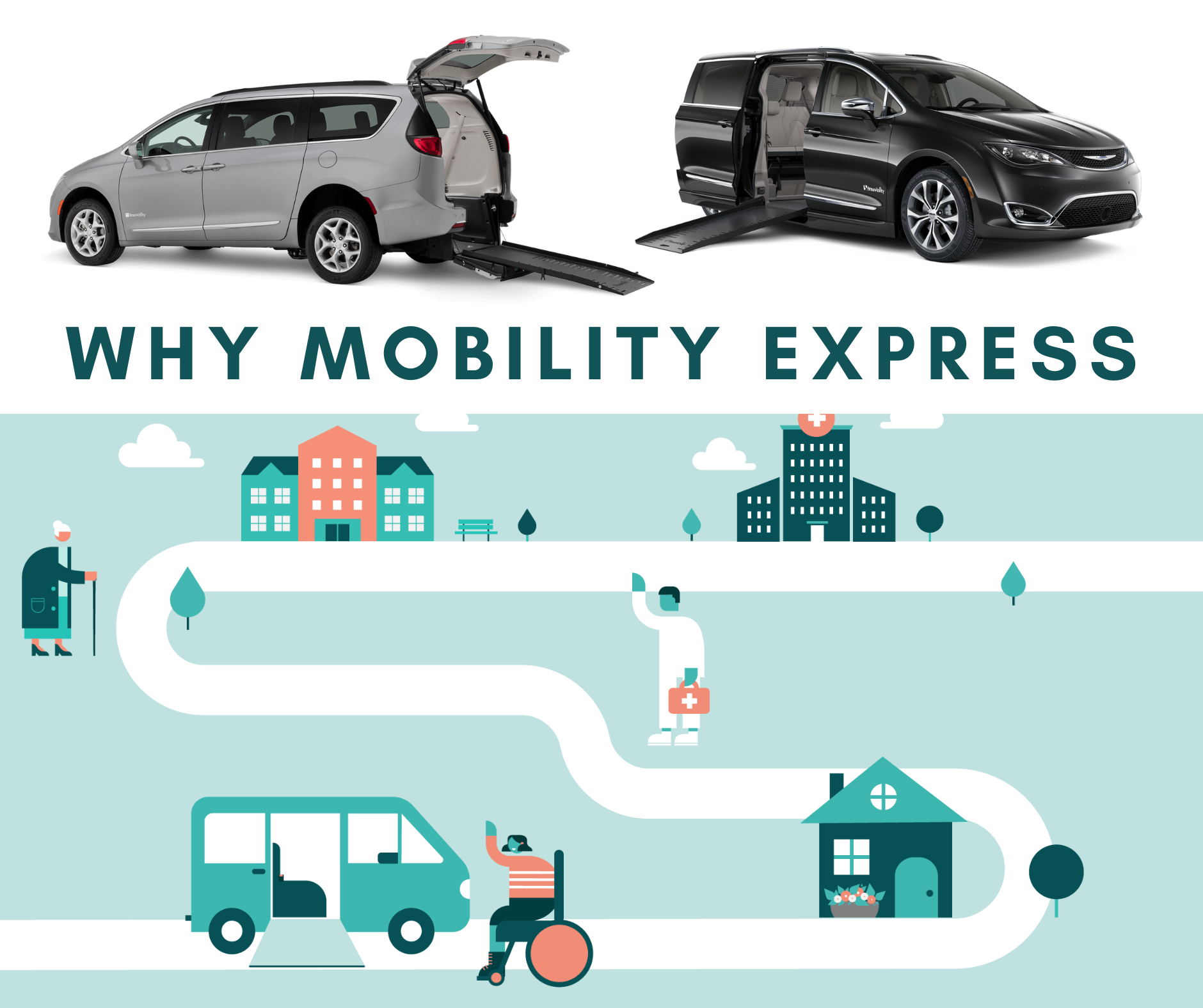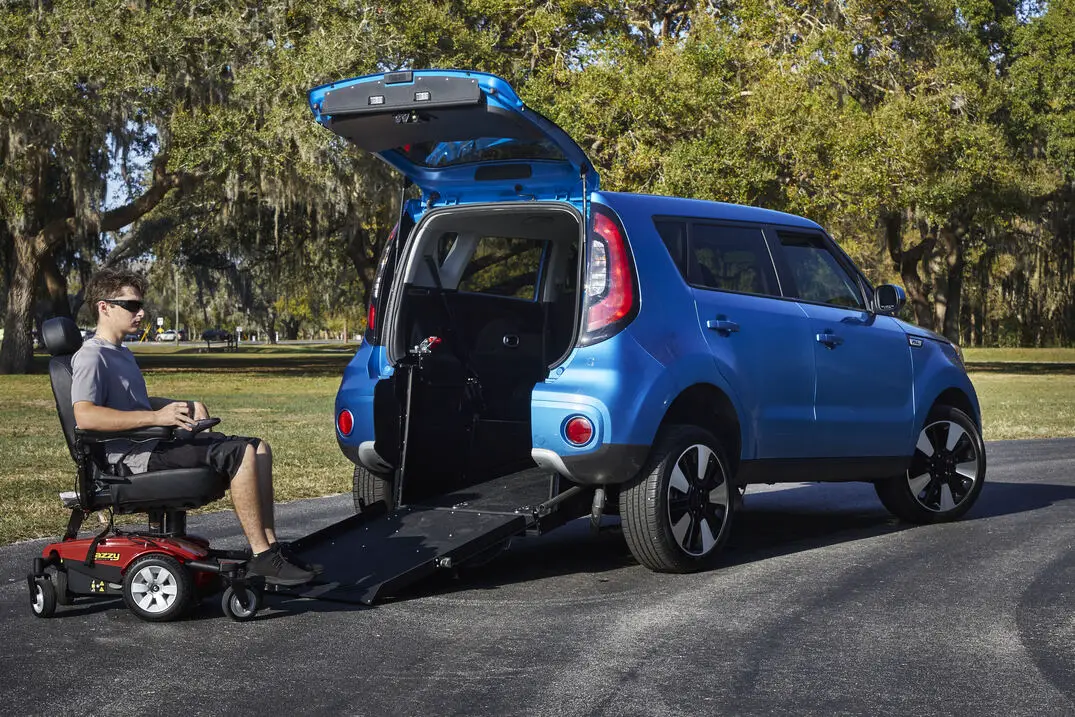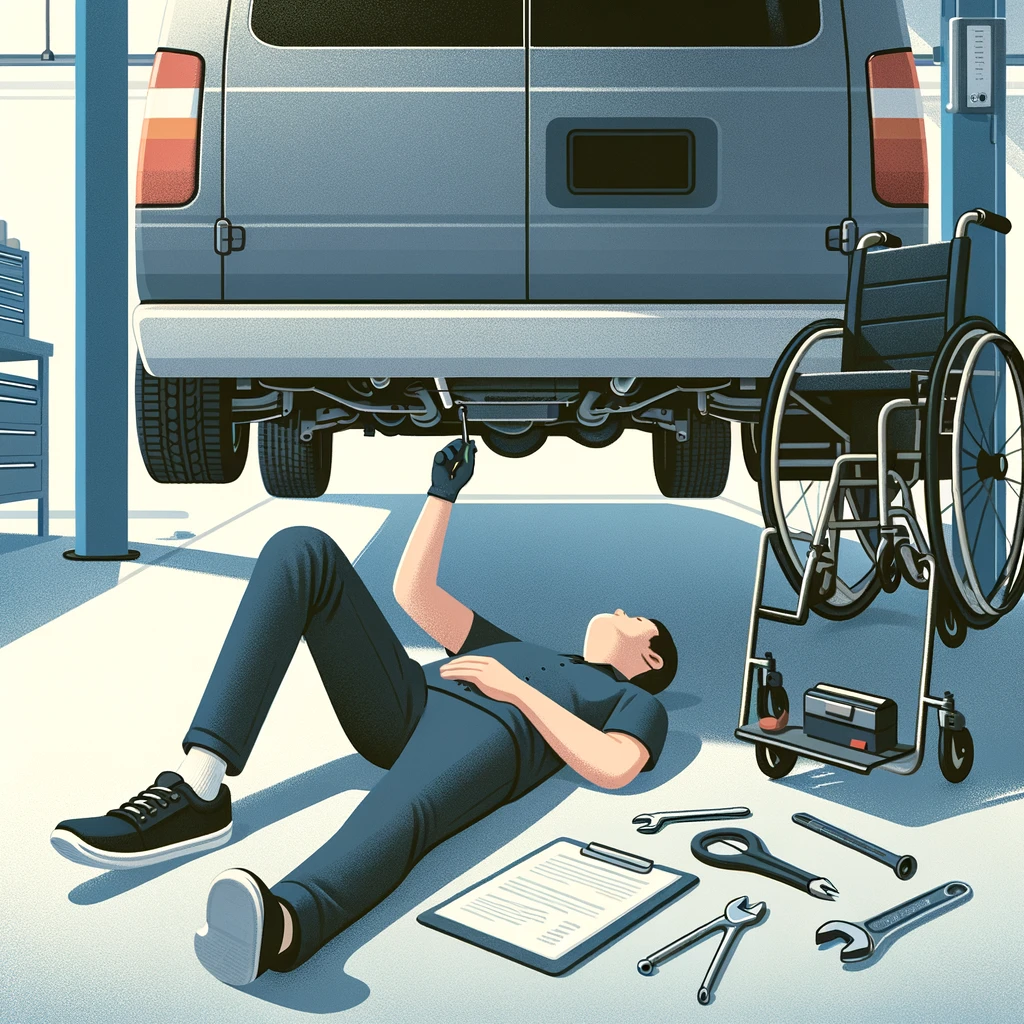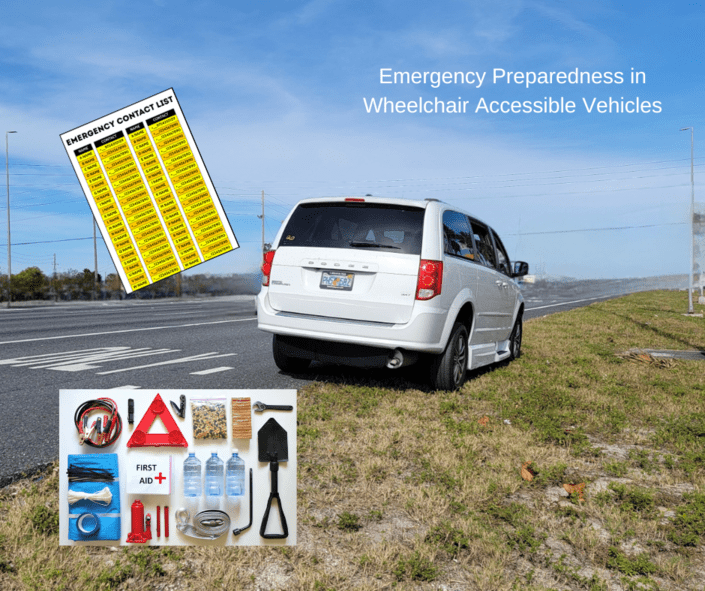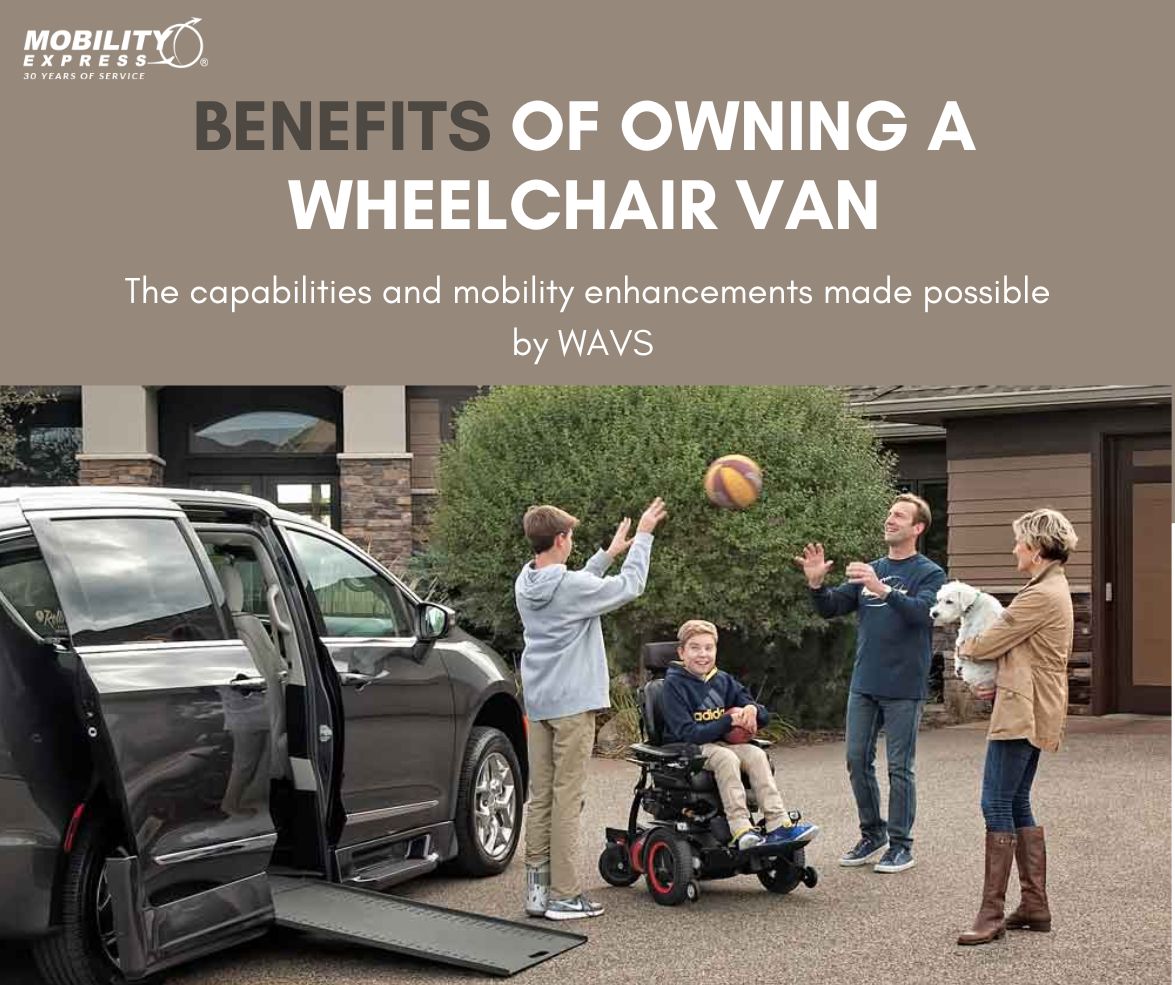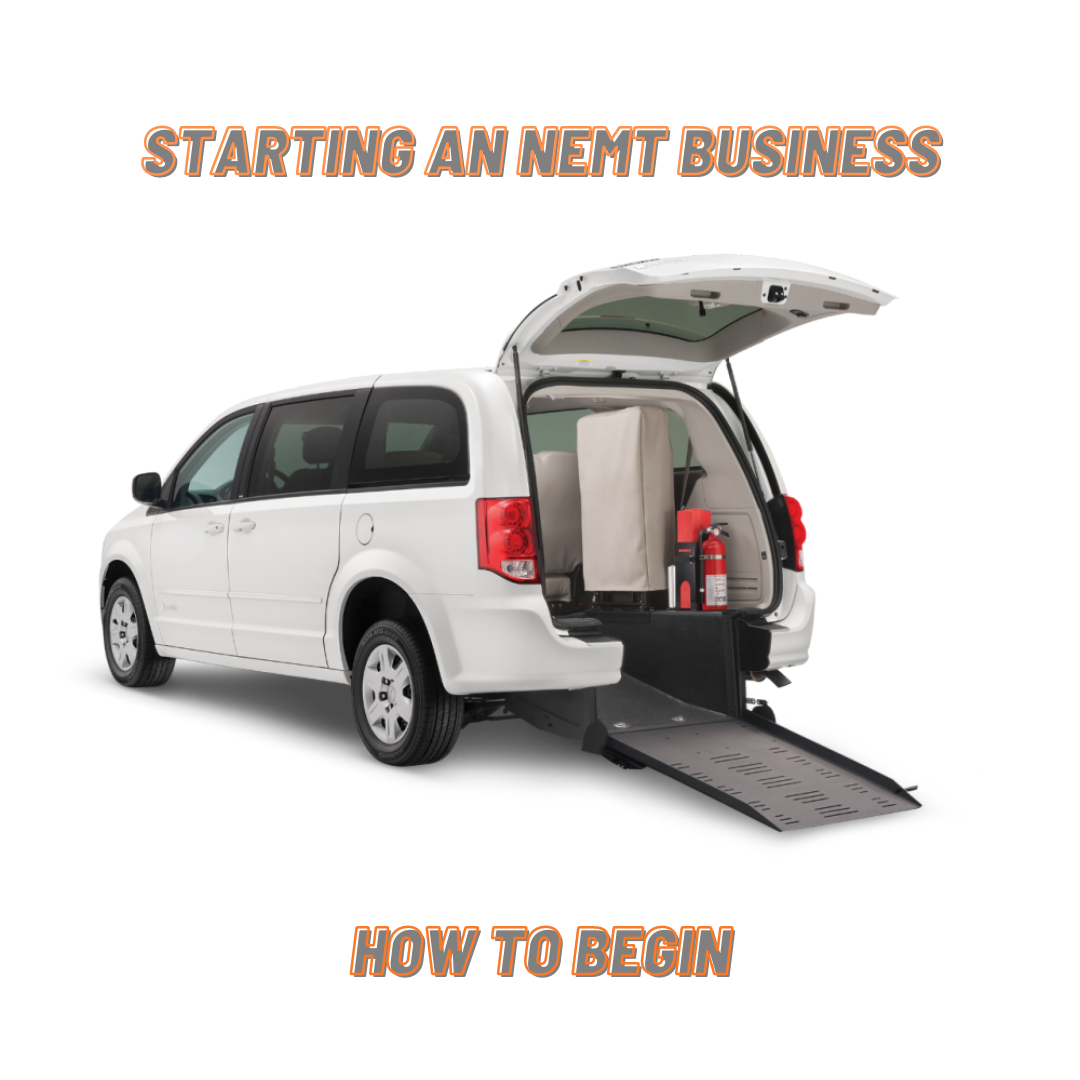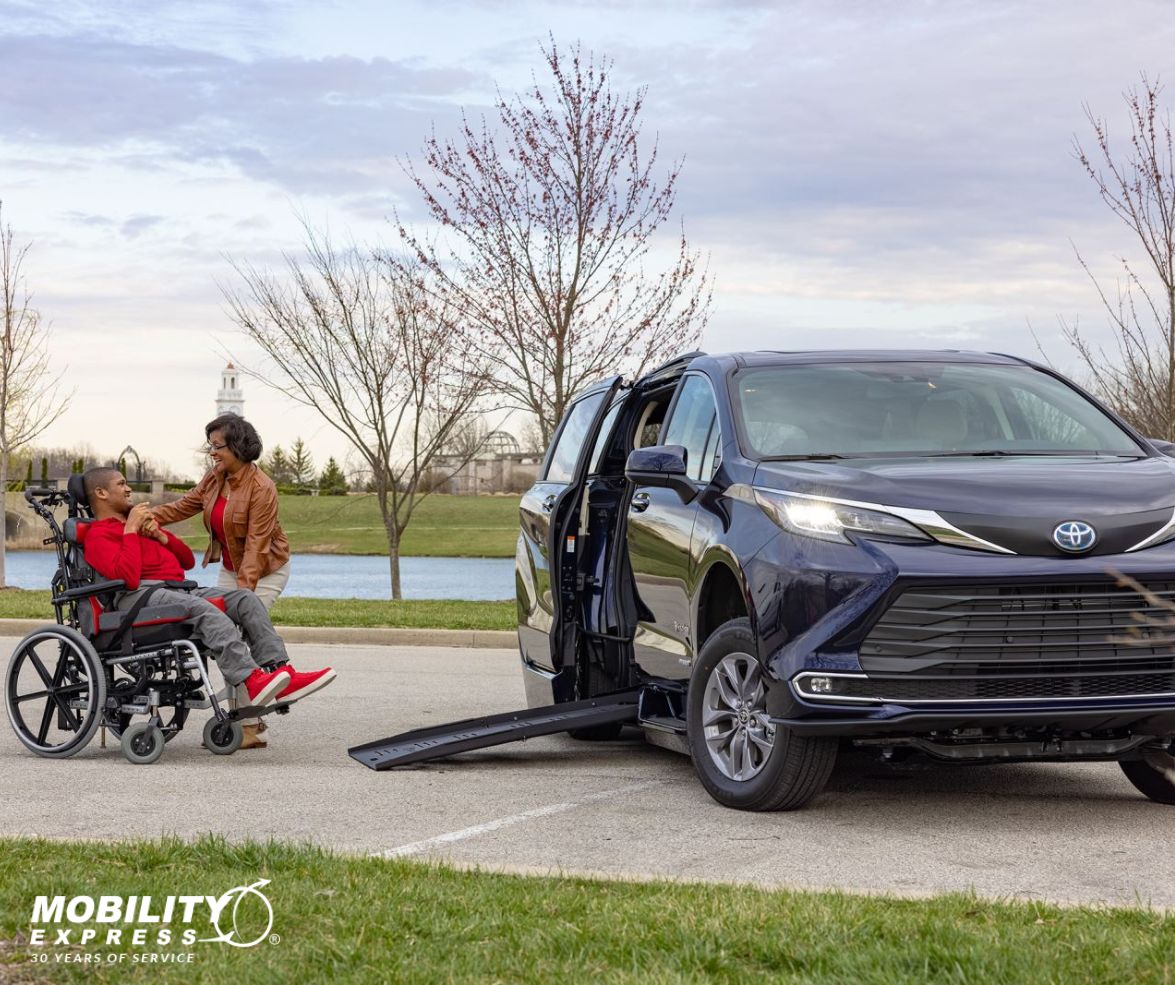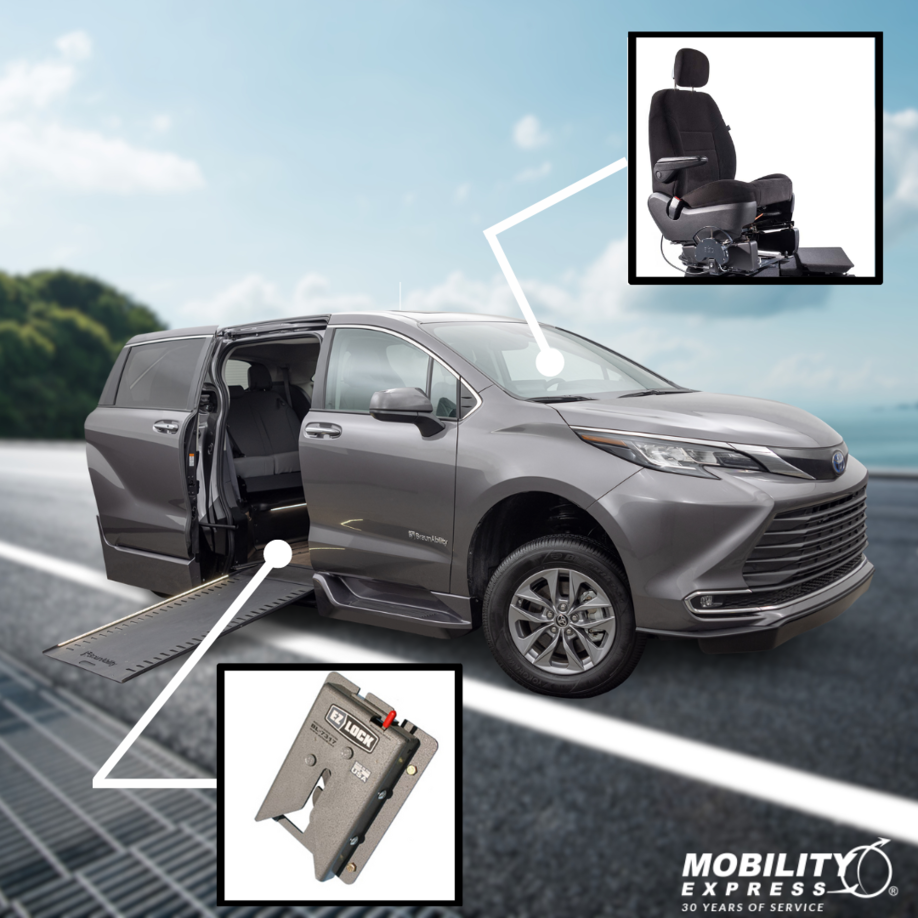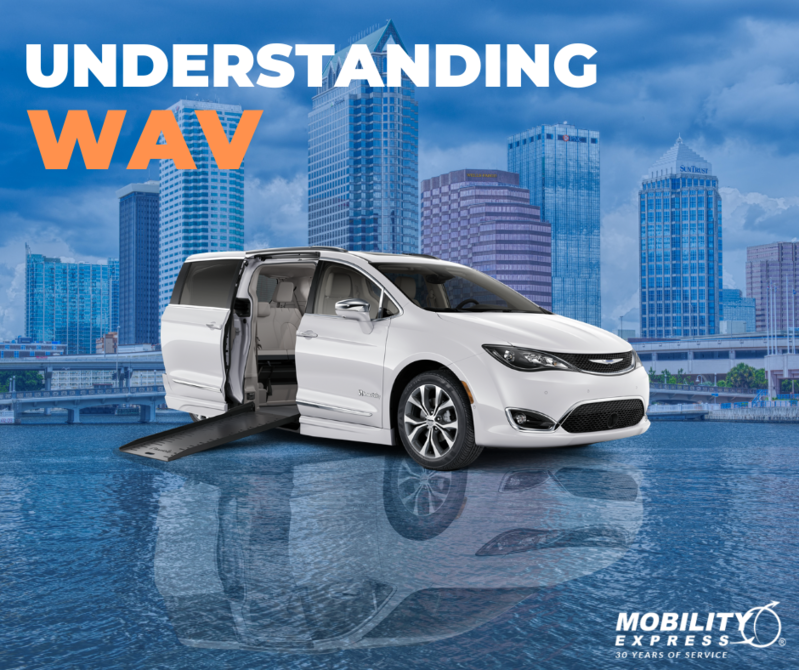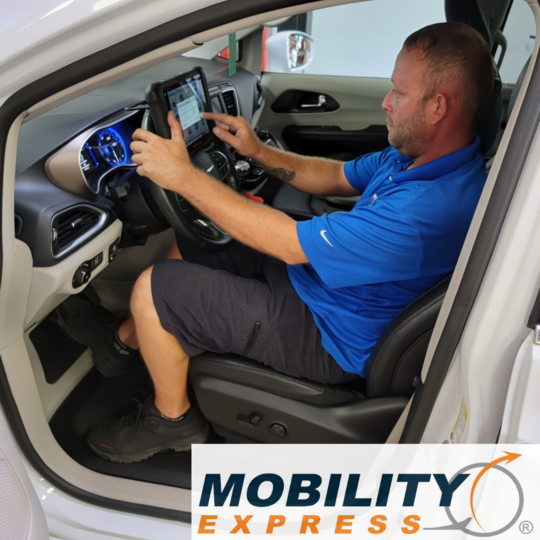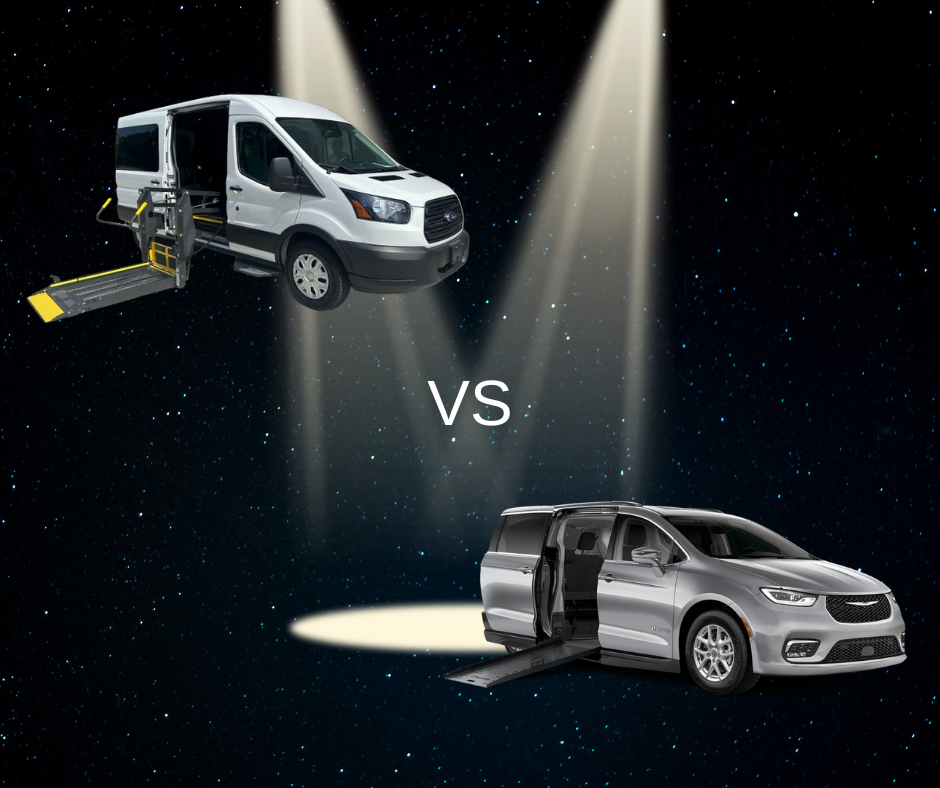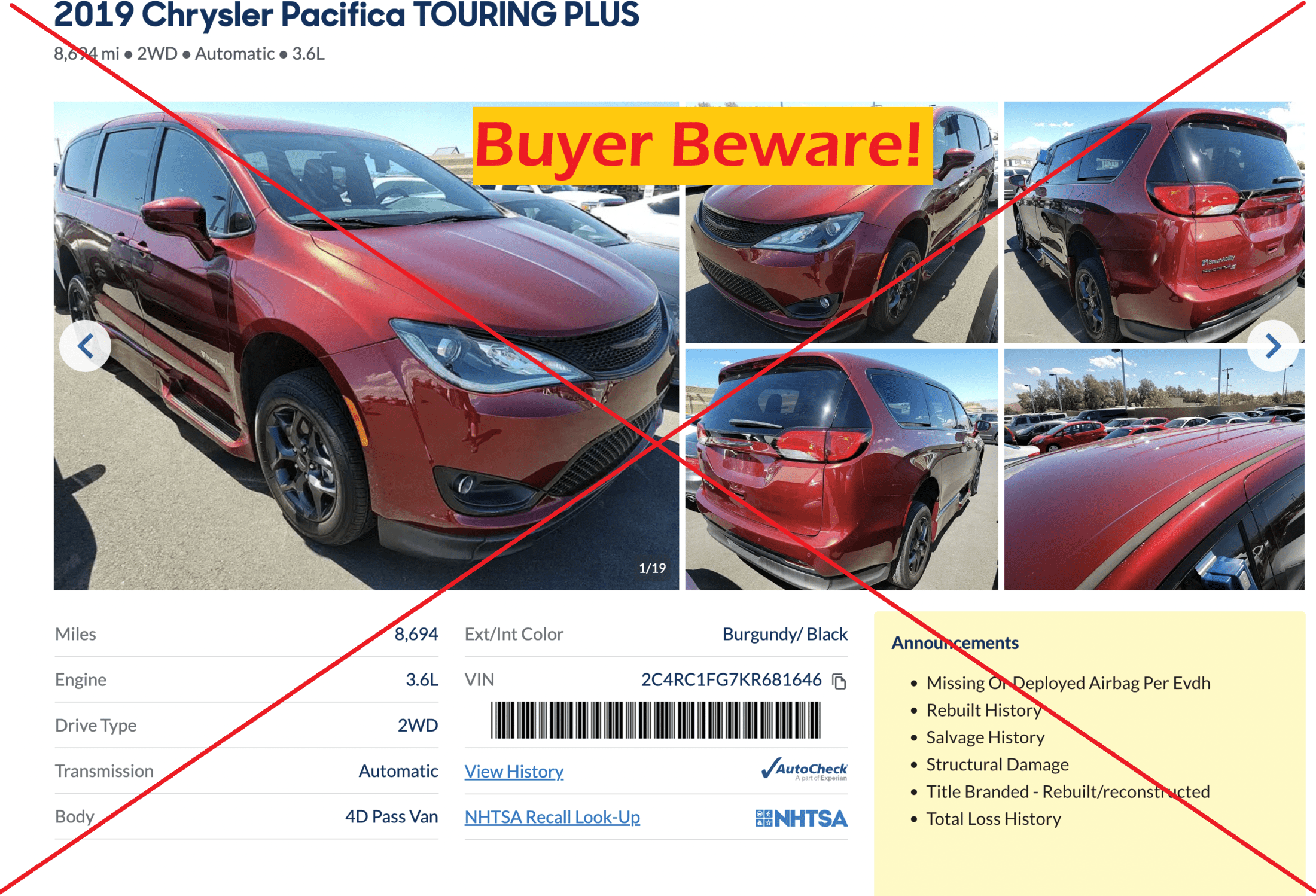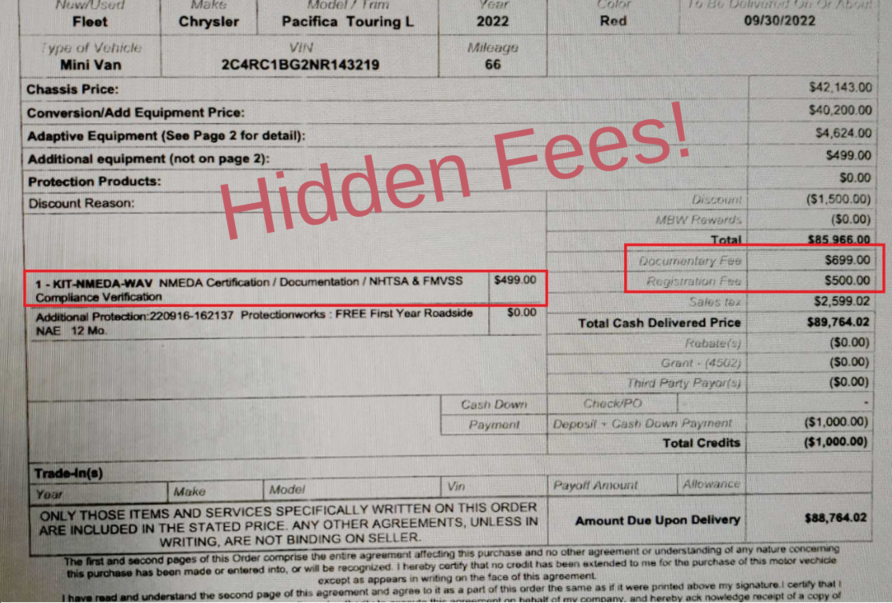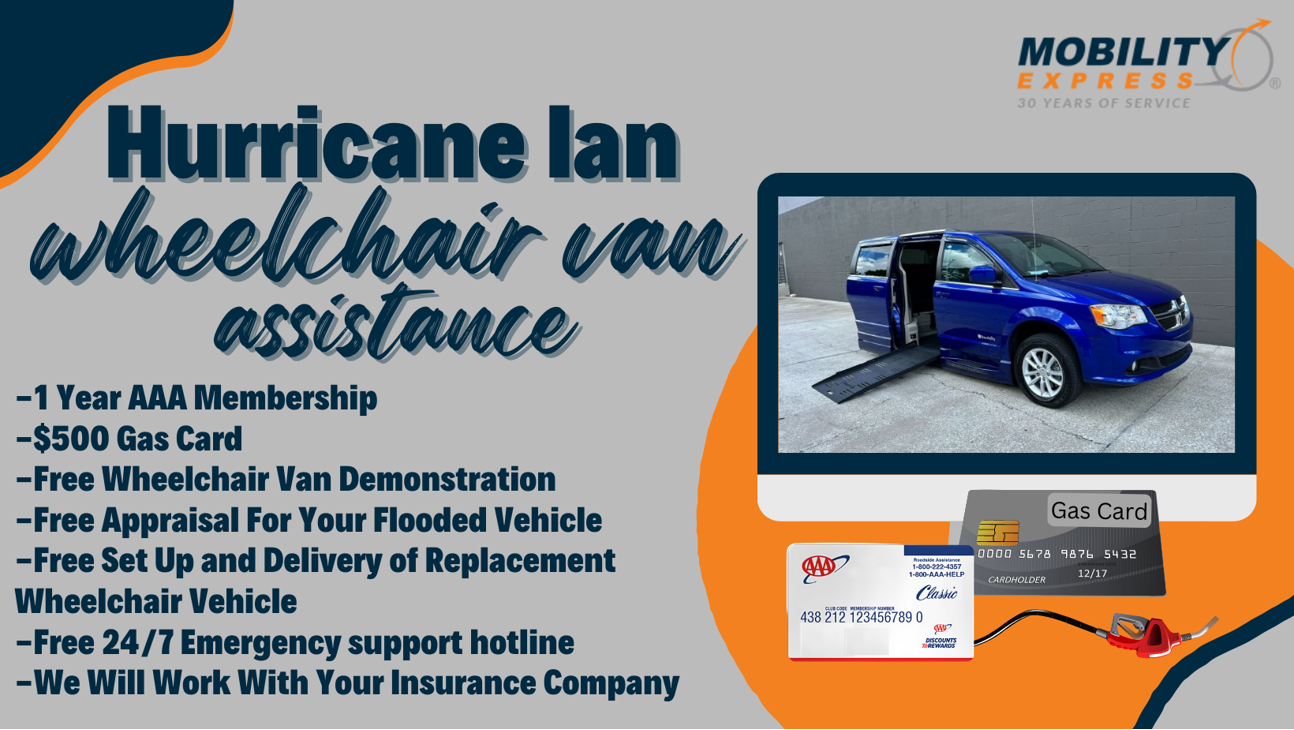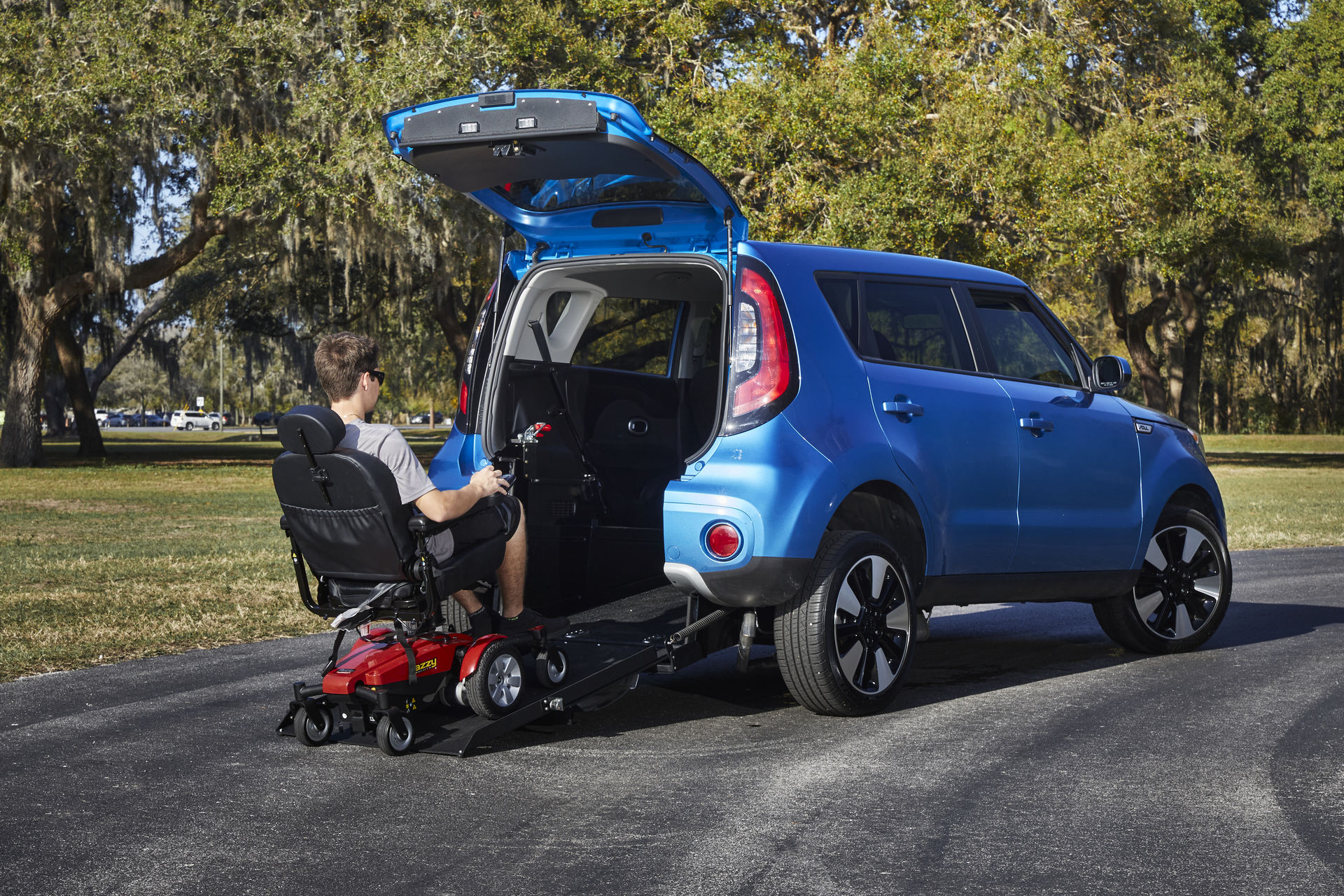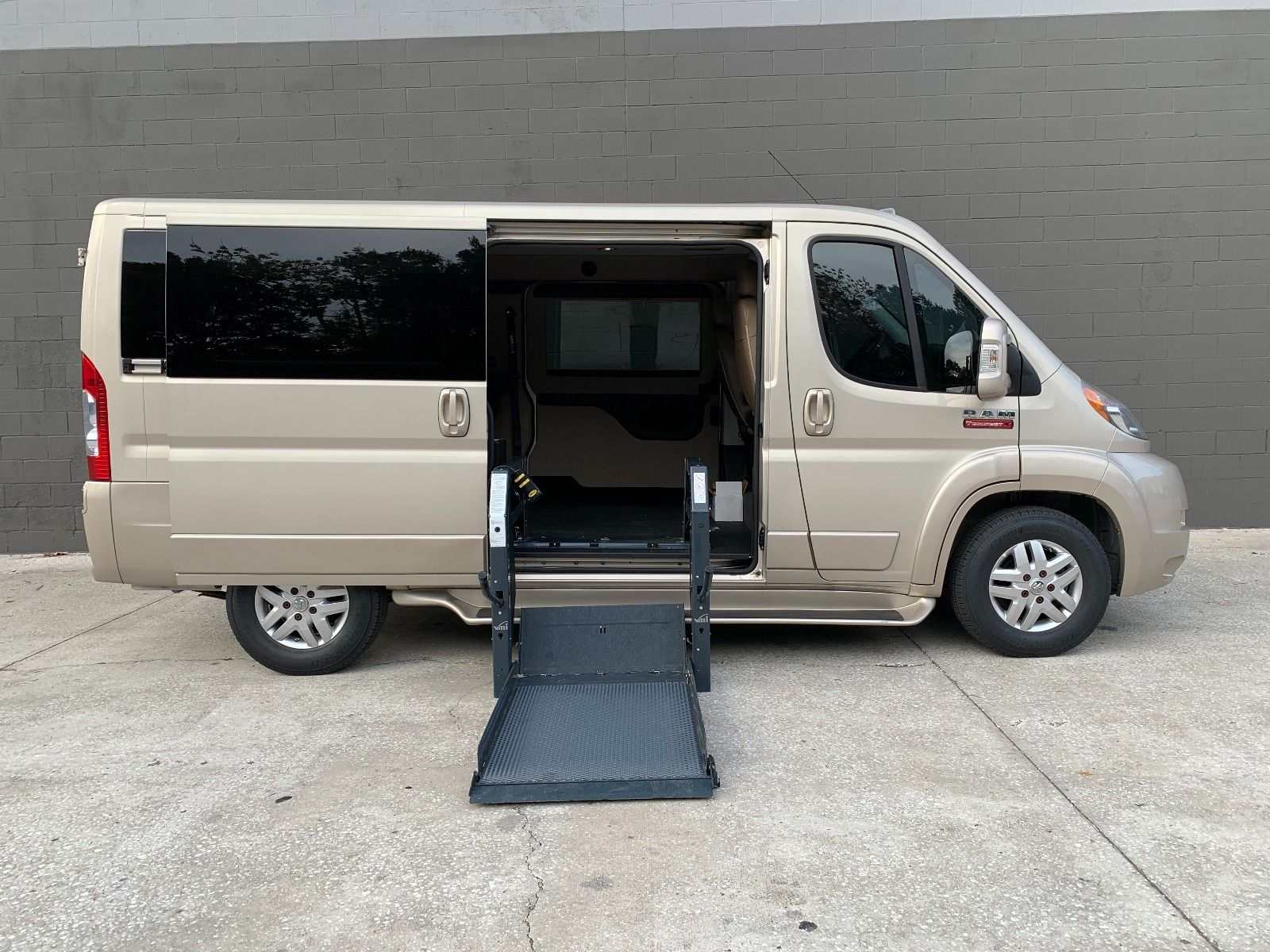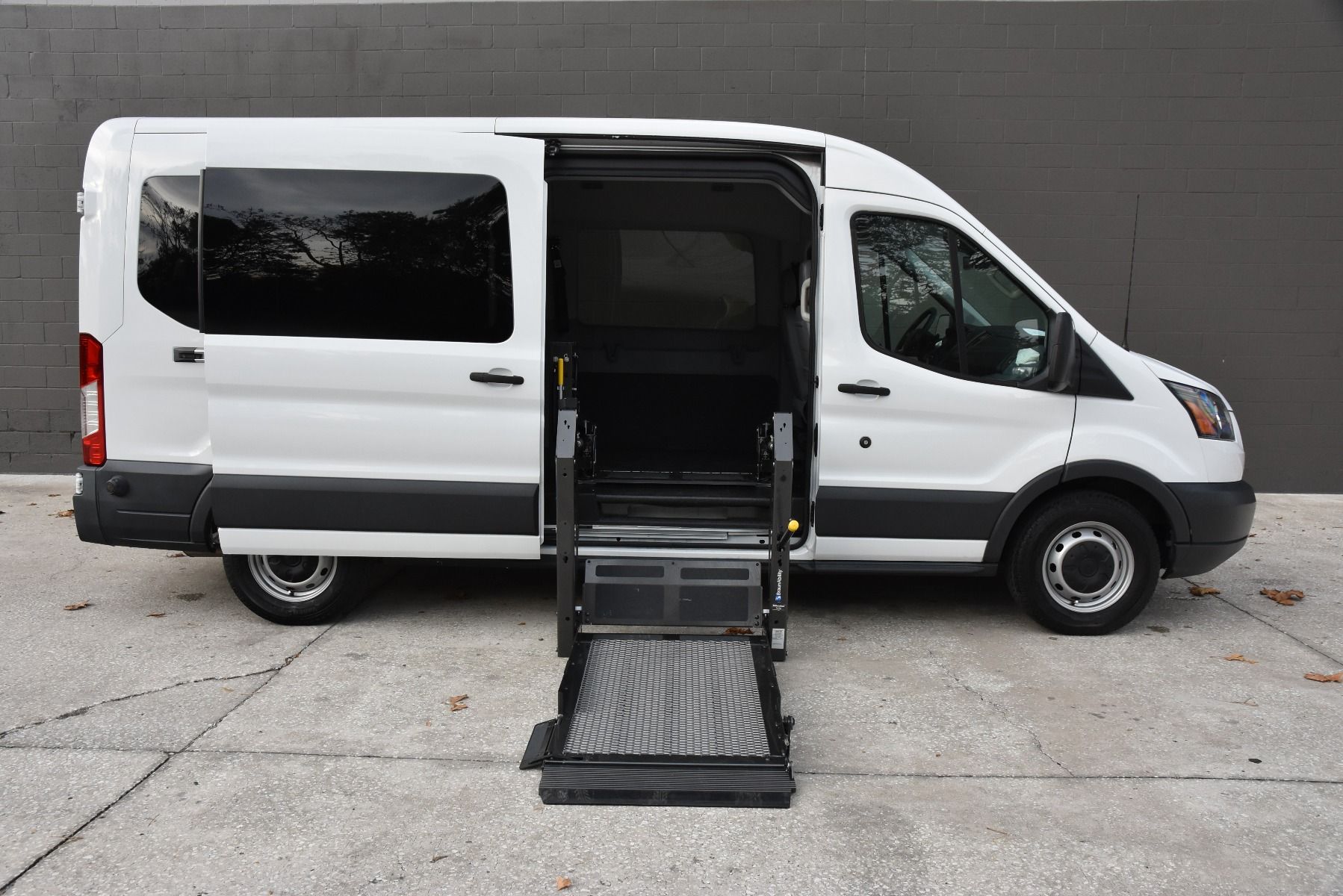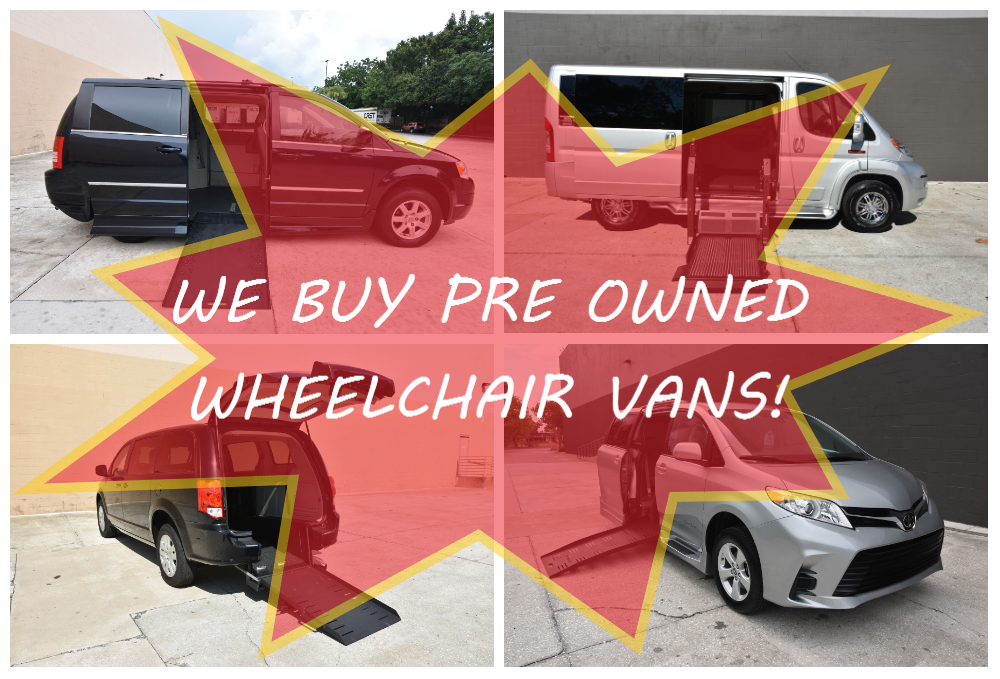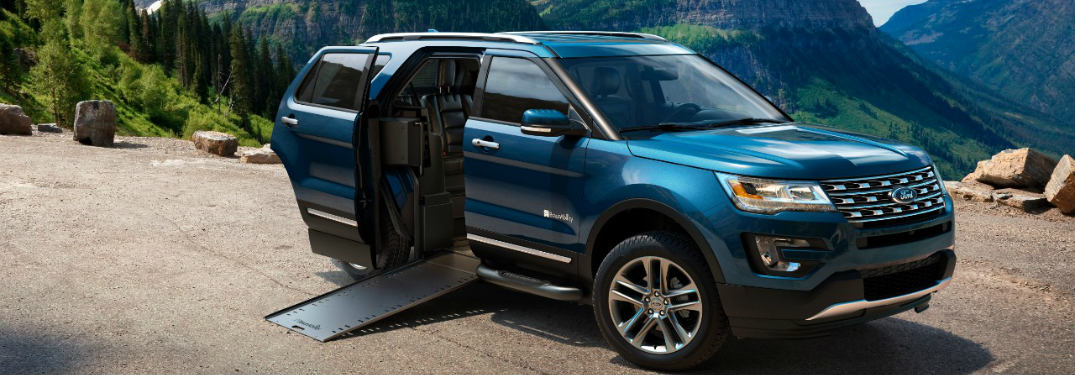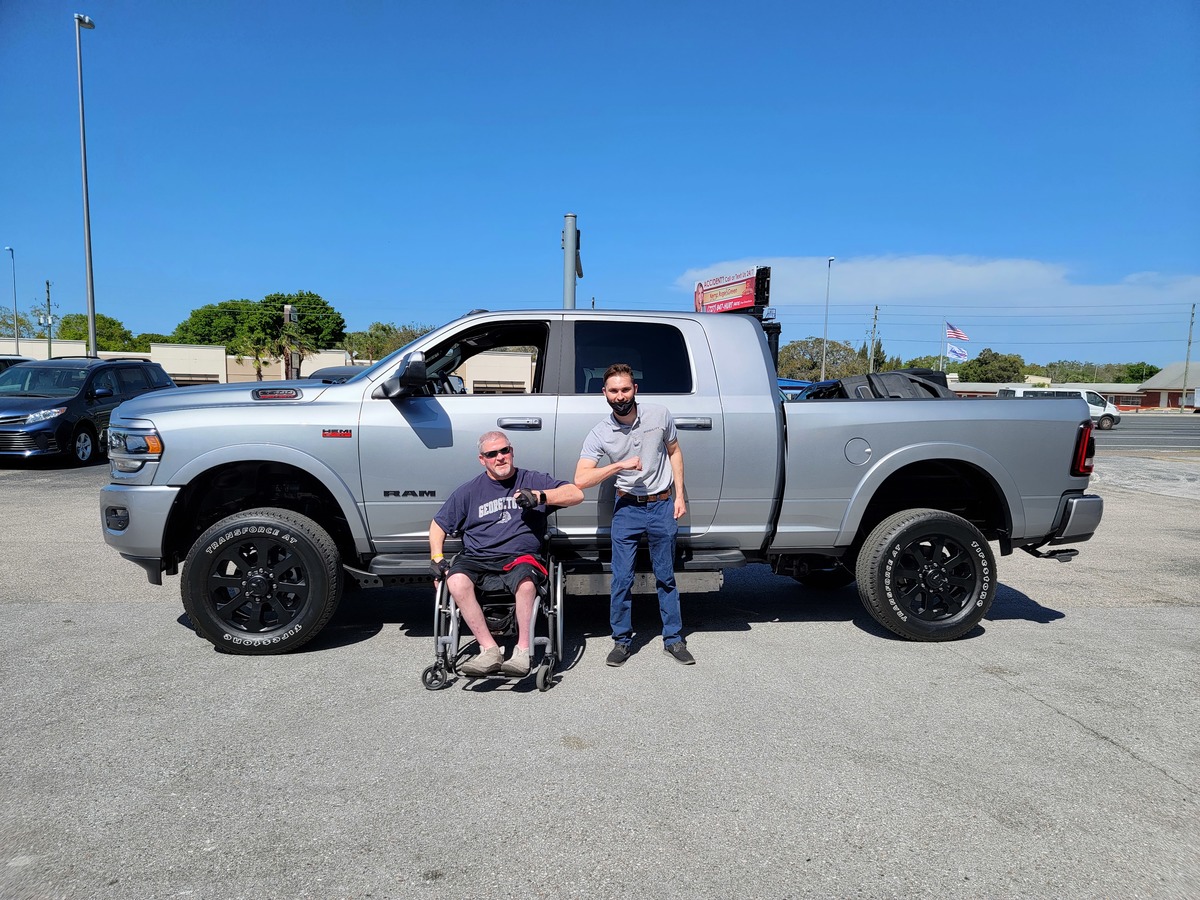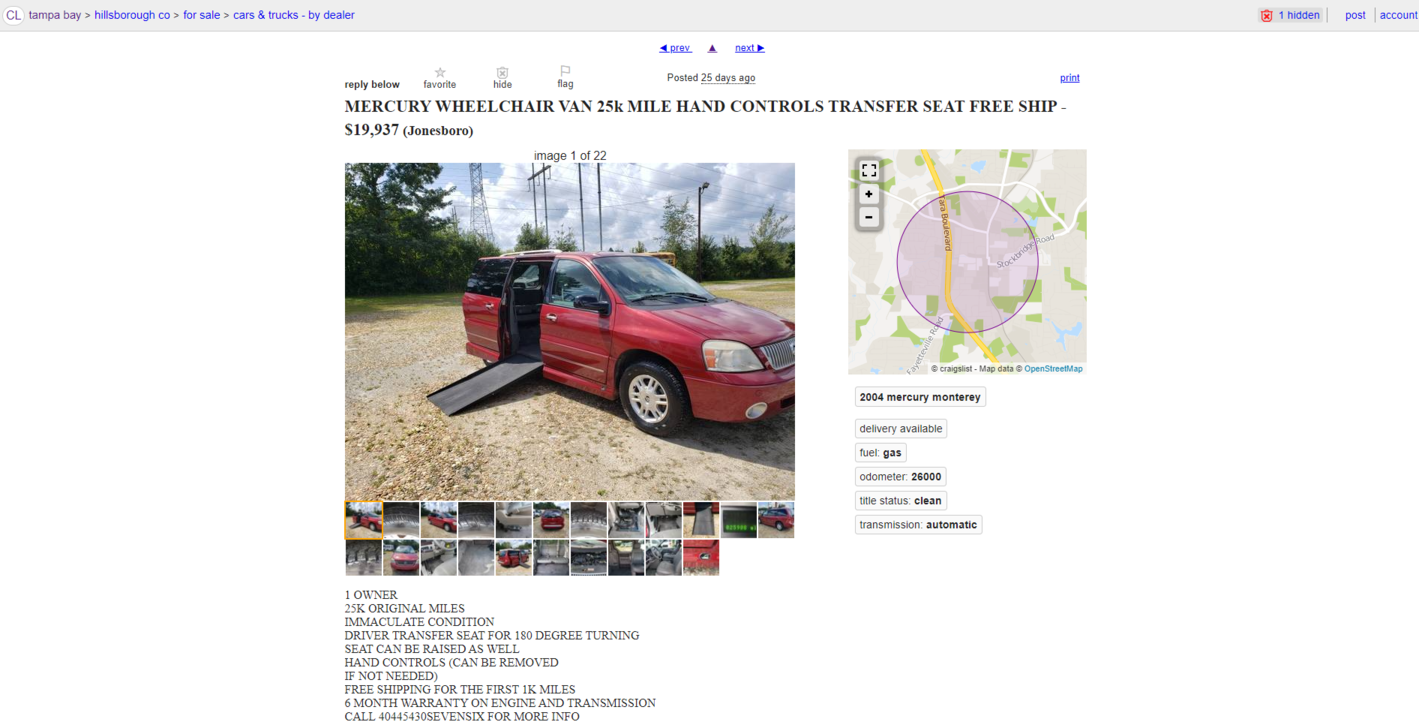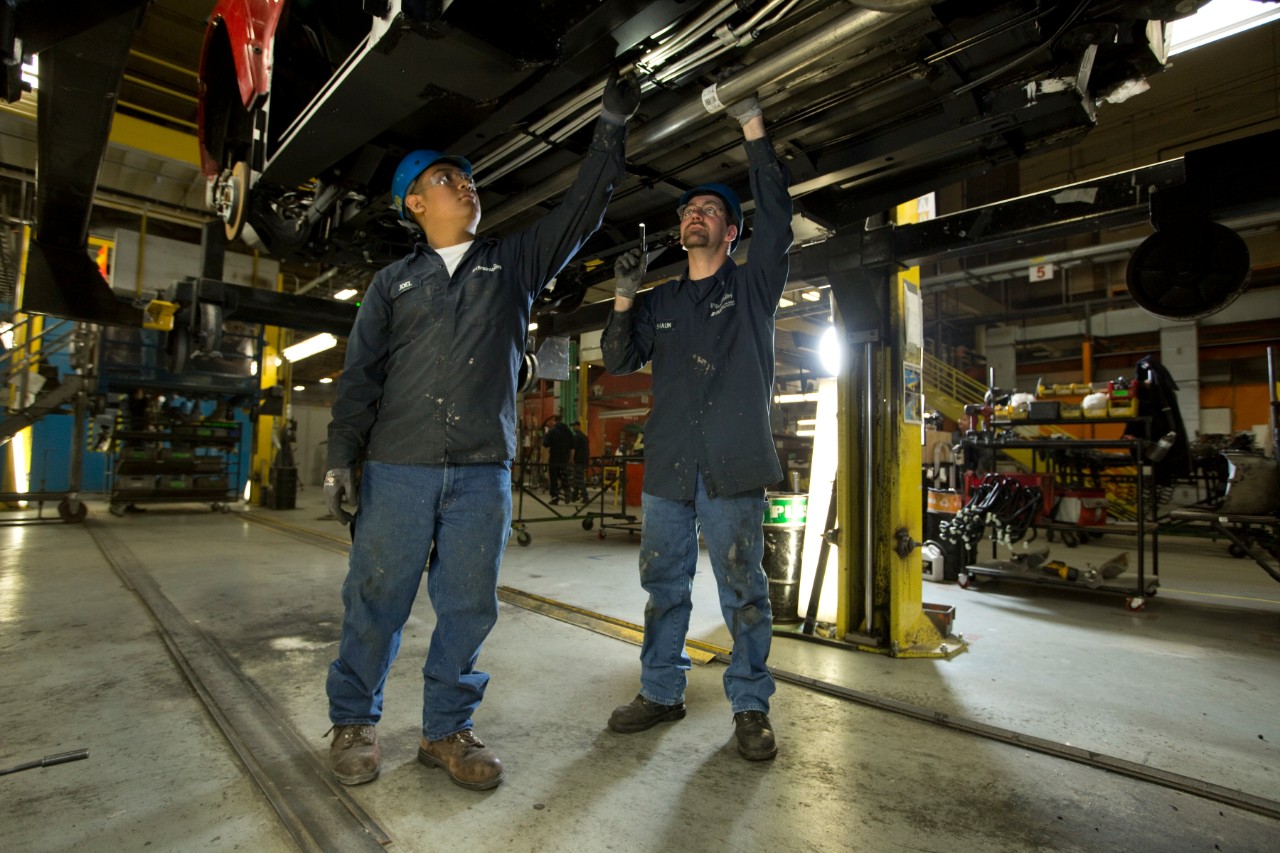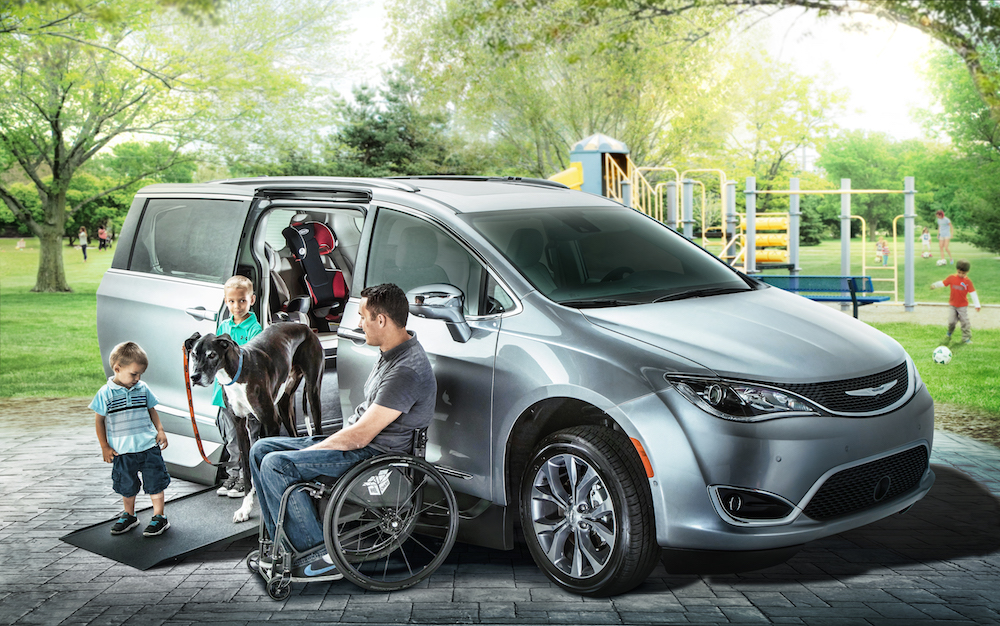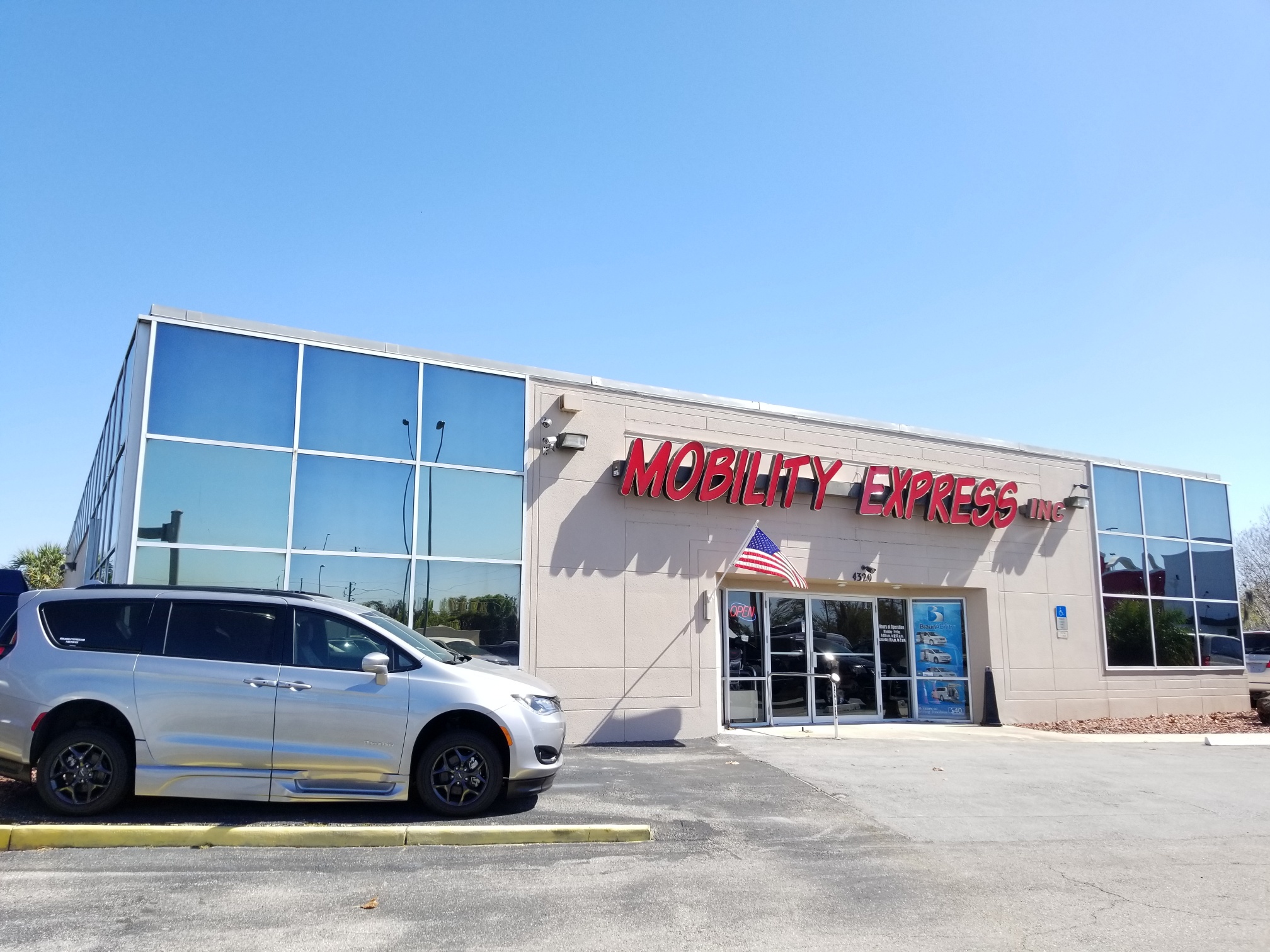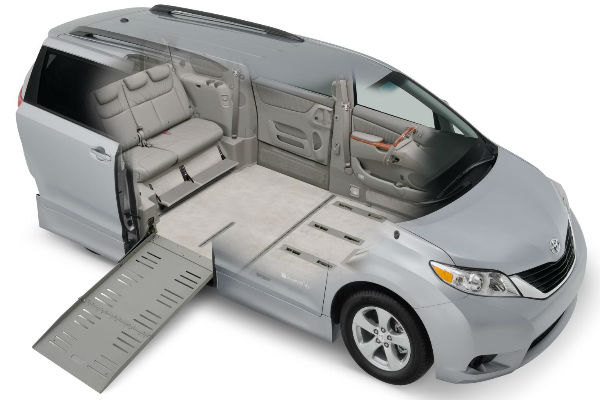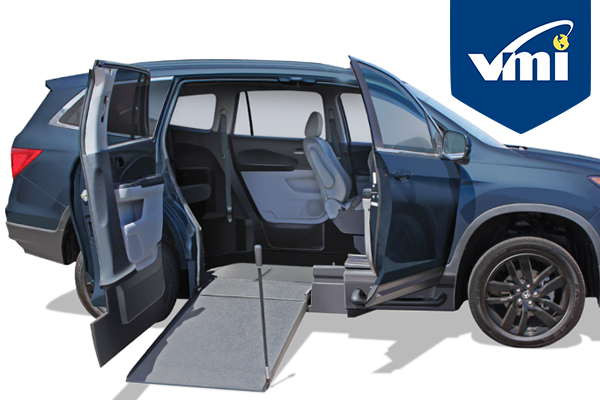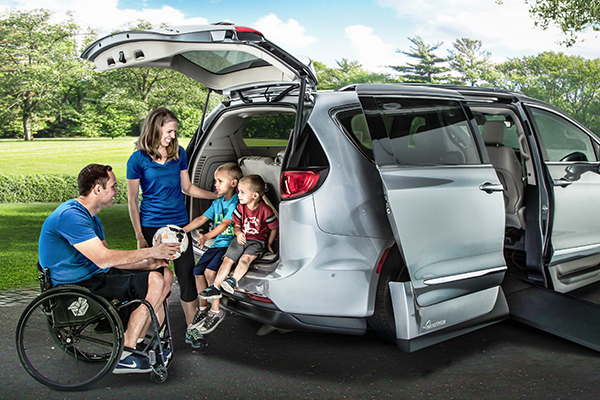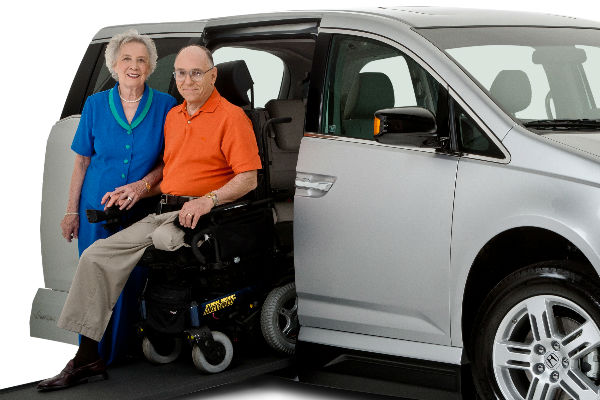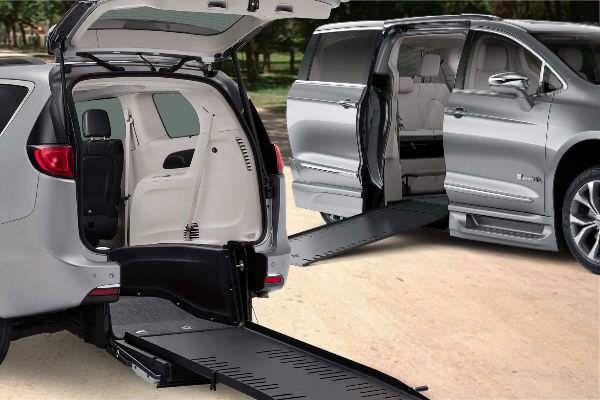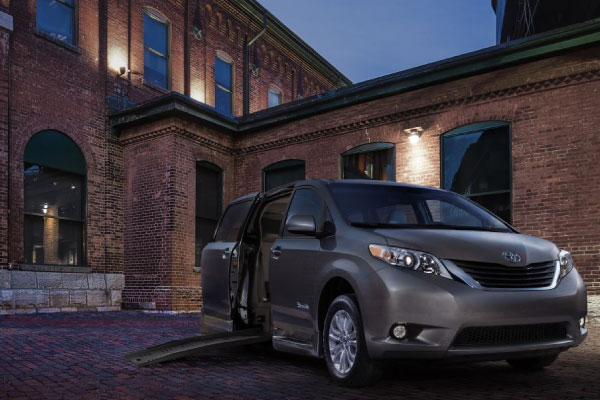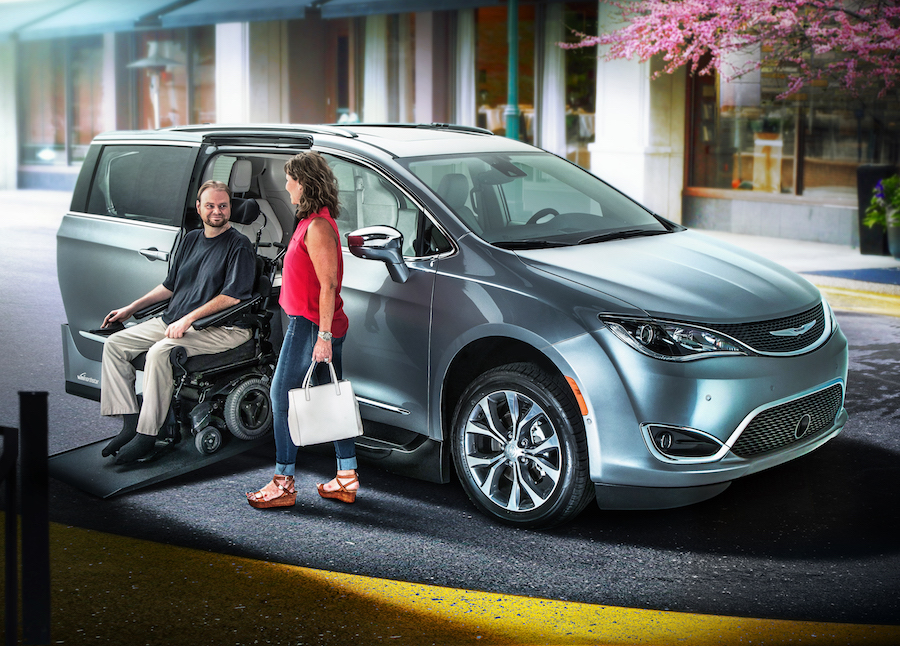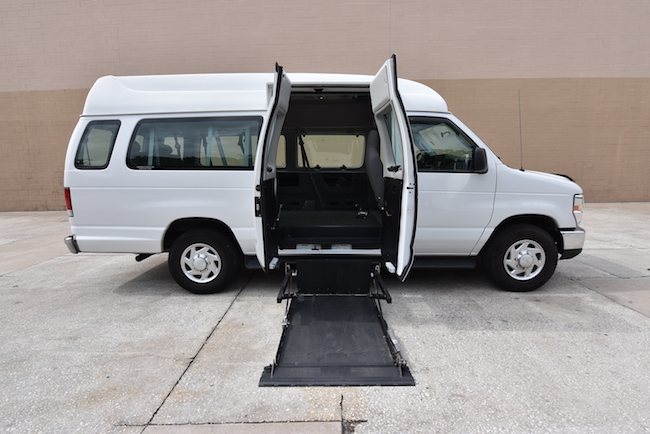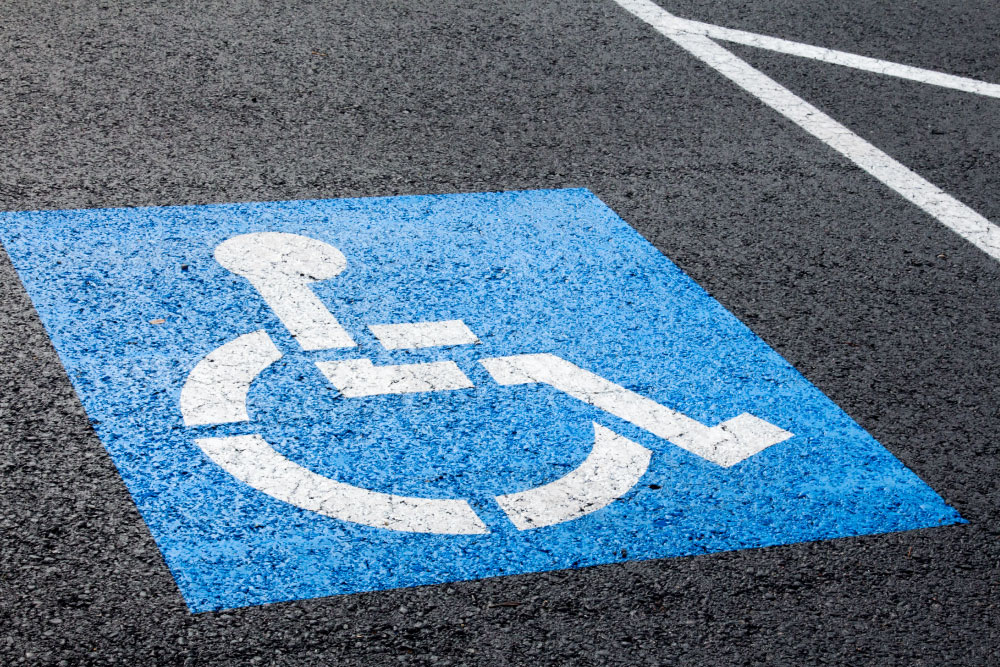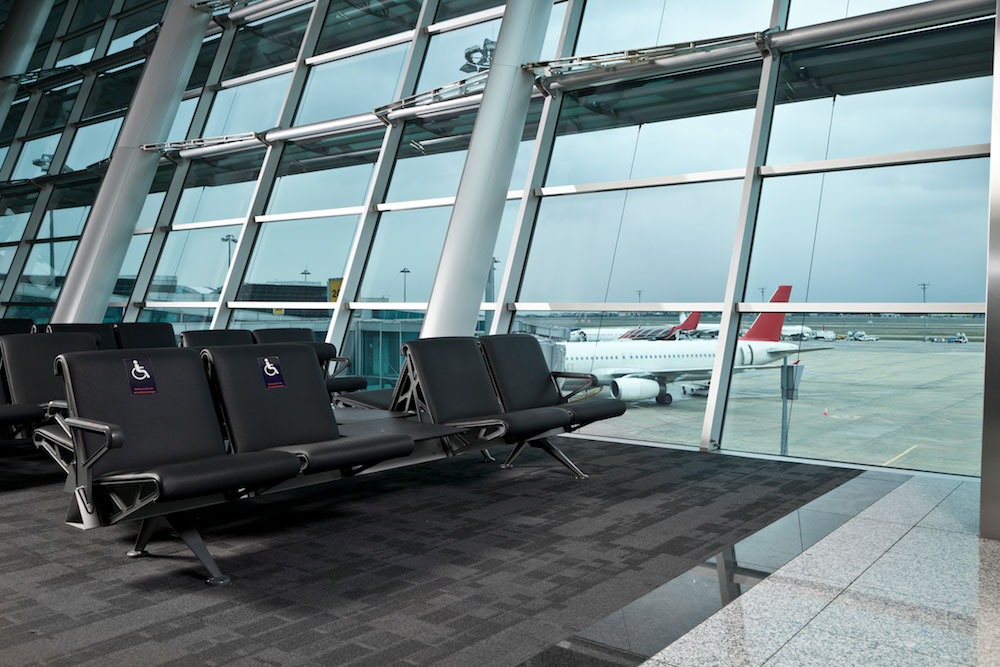Hand Controls for Driving - A Quick Guide
Hand Controls for Driving - A Quick Guide
In this informative article we will be discussing the history of driving aids, as well as some of the more common types and styles of hand controls available on the market today.
Devices that allow a disabled individual to operate a motor vehicle without the use of their legs have been around for nearly a century. Known as hand controls, these devices have evolved and come a long way since they were first thought of. In the early 1900s, at-home inventors and tinkerers in their garages modified steering wheels to accommodate their residual limbs or prosthetics. They invented hand controls to operate early cars with three pedals, without the use of their legs.


Decades later, after WWII, there was a spike in demand for driving aids, such as hand controls, to assist veterans trying to drive after having returned home from the war with injuries or disabilities. Driving aids were researched and developed by automotive manufacturers, but by the 1960’s demand had started to wane, and so research and development of these types of products again fell to at-home inventors and tinkerers.
Fast forward another couple of decades to the 1980’s, and, spurred by demand due to the massive influx of Vietnam War veterans, research and development again came to forth to larger manufacturing companies. Since then, technology has advanced tremendously, and although some of the styles and components of today’s hand controls may be similar to those first versions from the early 1900’s, these days hand controls can be readily ordered from a reputable manufacturer, having been mass produced after passing muster in a regulated industry, and are available to assist people with various disabilities and can be installed in almost all makes and models of vehicles.
Now that we know a little history about hand controls, let’s take an in-depth look at the various types and styles of hand controls.
Categories of Hand Controls
Modern hand controls can be separated into two categories; mechanical or electronic.
Mechanical Hand Controls
Much like the earliest examples of hand controls, mechanical hand controls consist of a system of metal linkages that connect an input device to the brake pedal and gas pedal. These linkages are configured in a way that allow an input from the driver’s hand to be transmitted to the brake pedal or gas pedal via mechanical motion.
Electronic Hand Controls
In just the past few years a new type of hand control, known as electronic hand controls, which utilizes more modern technology, has emerged on the market. In years past, on older vehicles, when a driver would step on the gas pedal, there was a direct link to the engine. This is known as “fly-by-cable”. The cable being the physical link between the gas pedal and engine. As technology advanced, cars have been equipped with what is known as “fly-by-wire”; with the wire being an electrical wire. In a fly-by-wire system, there is no physical, moving, link between the gas pedal and the engine. Instead, there is a sensor on the gas pedal which transmits an electrical signal via the wire to a mechanism on the engine, which tells it to accelerate, depending on the position of the gas pedal. Electronic hand controls utilize these electric signals in the same way, the only difference is the signal isn’t coming from the gas pedal, it’s coming from a hand control. The result is a reduction in the amount of metal linkages and moving parts in the driver’s area. Since all that is needed to transmit the signal is a thin electric wire, there is no need for the metal linkage from the hand control to the gas pedal. The linkage to the brake pedal remains since braking system are still physical, hydraulic systems that require the brake pedal be depressed.
Now that we have covered the types of hand controls, let us move on to the different styles of hand controls.
Hand Control Types & Styles
When talking about hand controls types and styles, we don’t mean how cool they look. When referring to a hand control type, we are referring to where the hand control is mounted in the vehicle: Column Mount or Floor Mount. Column Mount hand controls usually consist of a horizontal hand control lever and mount on or near the steering column. Floor Mount hand controls, typically consist of a vertical lever which is a similar shape to a transmission shifter lever, mount to the floor and are operated near the right side of the driver’s seat. And when we say hand control style, we are referring to the design of the hand controls and the motion involved with braking and accelerating while using them. Most of the styles of hand controls discussed here can be found as either mechanical or electronic. It is important to choose hand controls that best suit the user’s needs and that allows them safe, efficient operation of the vehicle.
Column Mount Hand Controls
Column mount hand controls are the most commonly used type. In most cases, they can be installed with no permanent modifications to the vehicle. Since the hand control lever is mounted to the steering column, the driver’s hands are never too far from the steering wheel. When the vehicle is being used by other drivers, an accelerator lock-out feature (available on most styles of hand control) can be activated to prevent unintended hand control acceleration.
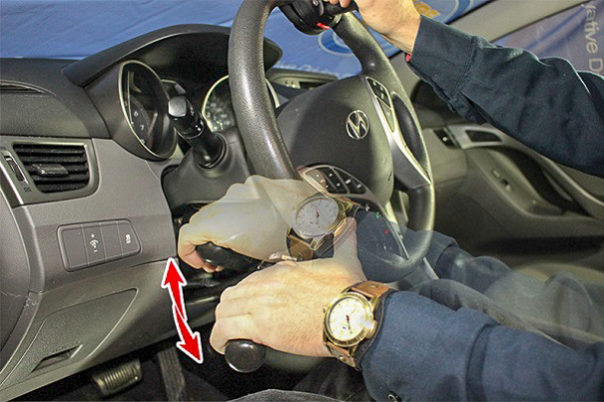
Push/Right Angle
When using a Push/Right Angle hand controls, the user will “Push” the hand control forward to brake. To accelerate, the user would push the hand control down (called “Right angle” because when they push down to accelerate it is at a 90 degree angle from pushing the level forward to brake. Also known as a Right Angle).
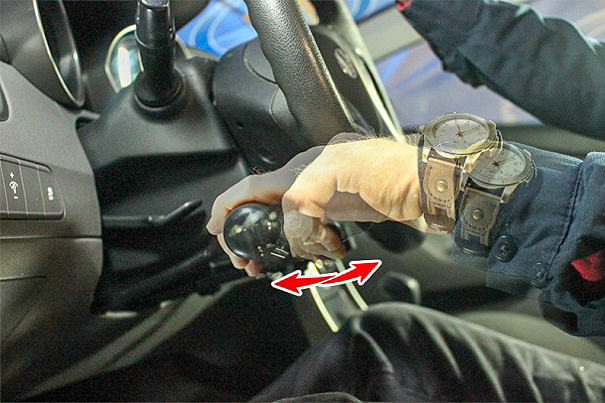
Push/Pull
The Push/Pull style of hand controls operates just like it sounds. The user would “Push” the hand control lever to brake, and “Pull” the hand control lever to accelerate.
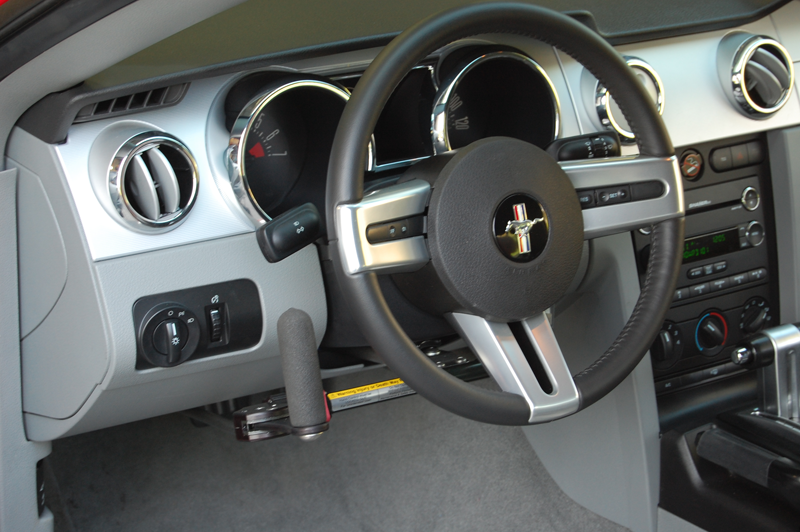
Push/Rock
The Push/Rock style of hand controls make use of an upright handle at the end of the horizontal lever. The user would “Push” the hand control lever to brake, and “Rock” the upright handle back and downward toward the driver to accelerate.
Floor Mount Hand Controls
Floor mount hand controls are less commonly used, however, there are certain applications where a user is more comfortable, or a floor mounted hand control system is more practical. Just as with column mount hand controls, floor mount hand controls can usually be installed with no permanent modifications made to the vehicle. Floor mounted hand controls are usually installed to the right of the driver’s seat, between the seat and the center console area. A vertical lever with a handle, similar to a transmission shifter, is used for input. These systems typically take up less space in the leg area.

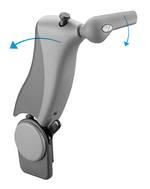
Push/Twist Hand Controls
With a Push/Twist style hand control system, the driver would “Push” the lever forward to brake, and “Twist” the handle of the lever to accelerate. This style of floor mounted hand control allows for those with less range of motion in their arm to operate the vehicle.

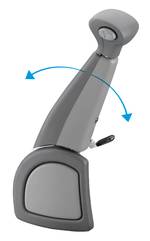
Push/Pull Hand Controls (Floor Mount)
The Push/Pull style of hand controls operates just as the name implies. The user would “Push” the vertical hand control lever forward to brake, and “Pull” the vertical hand control lever back to accelerate.

